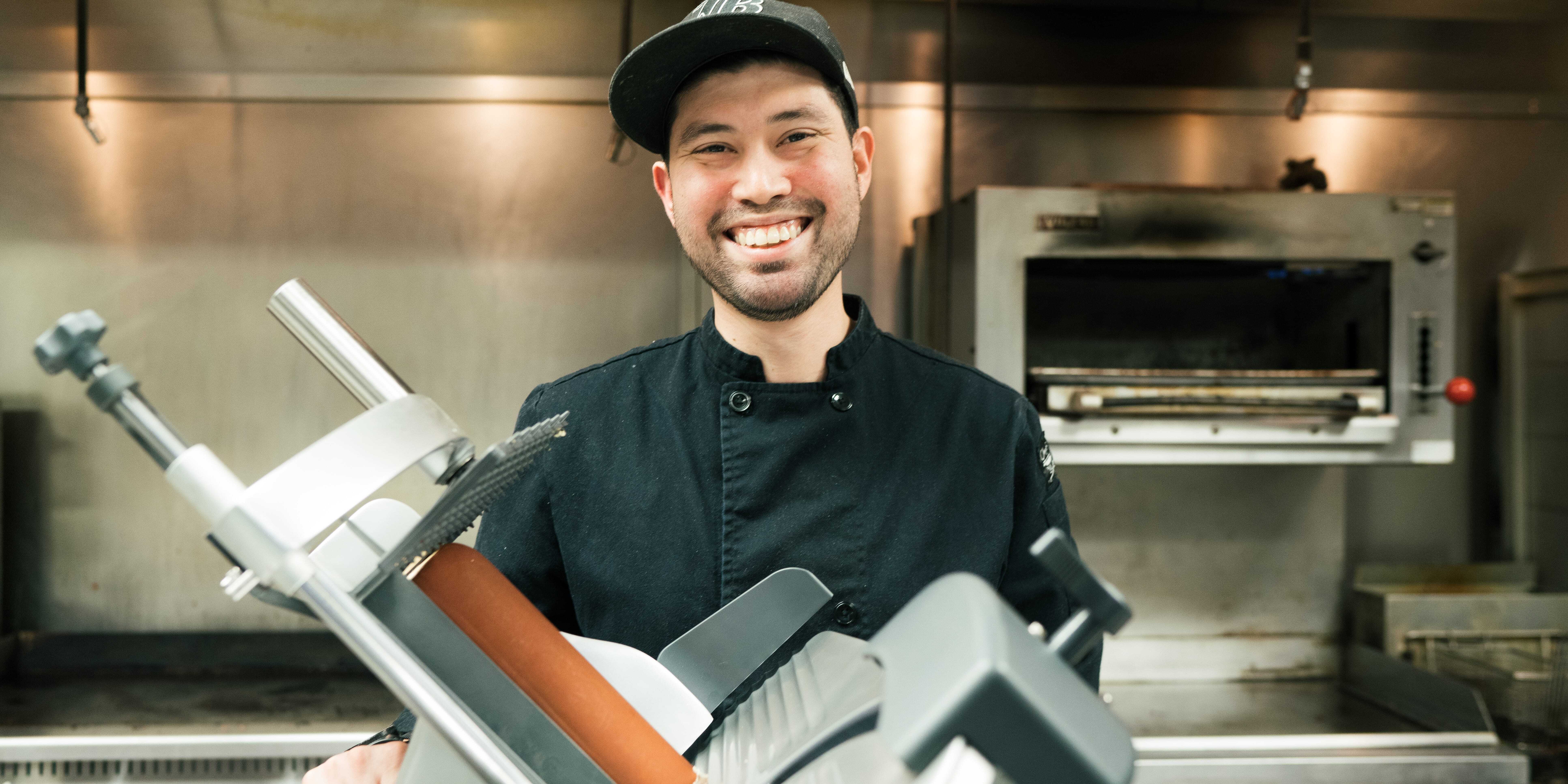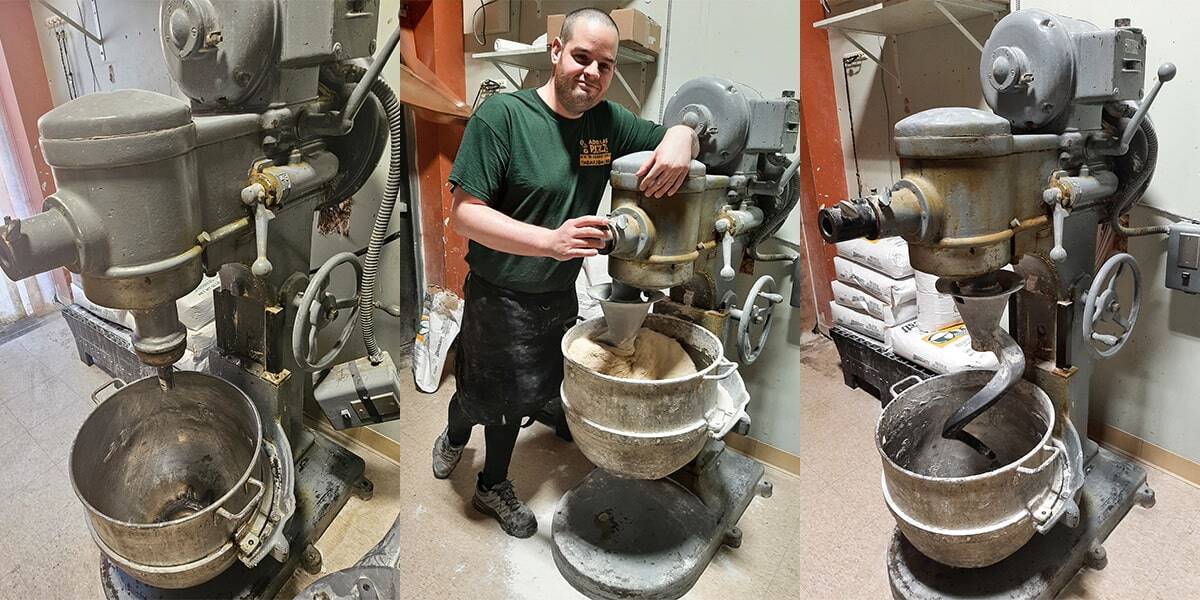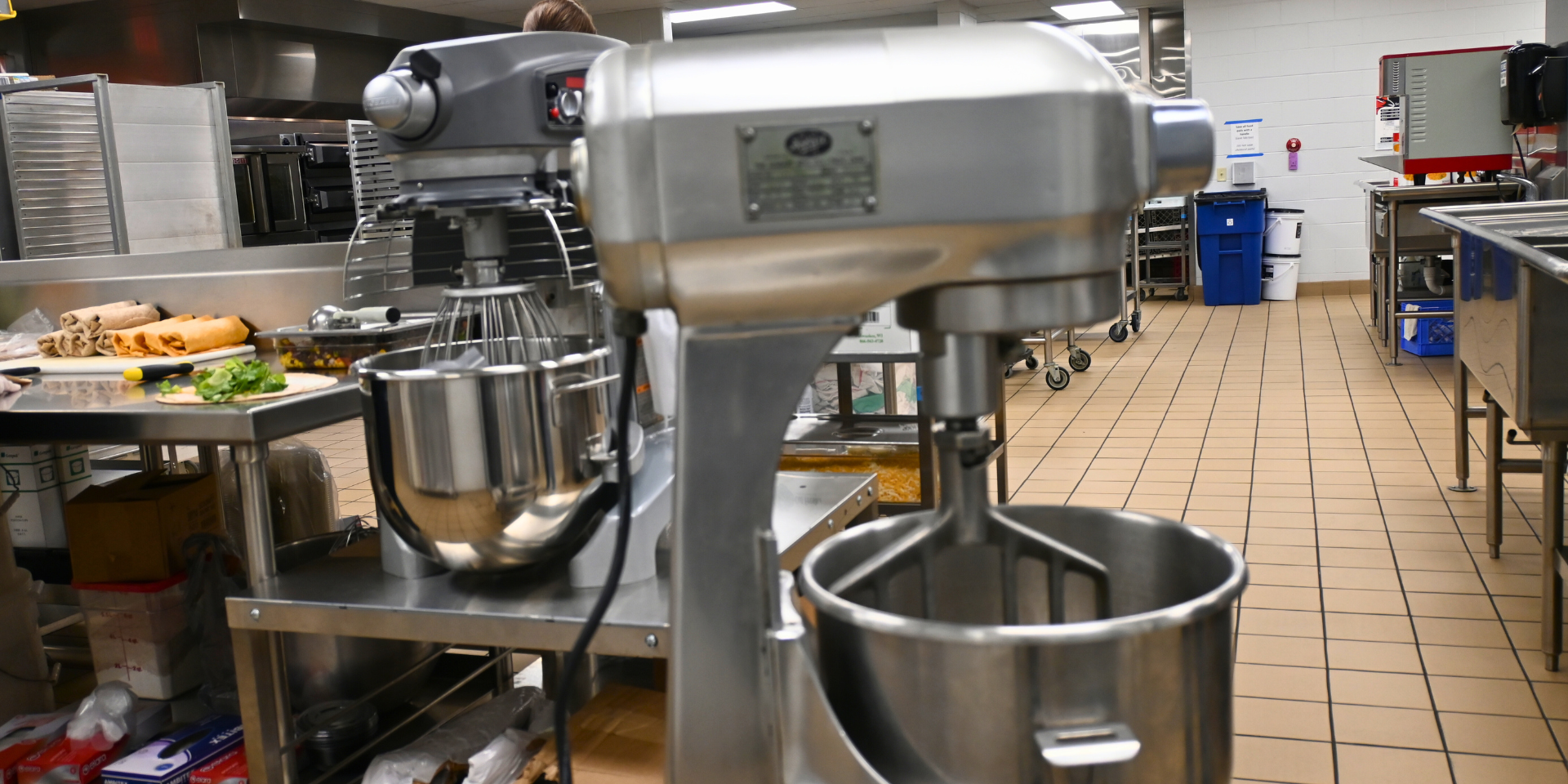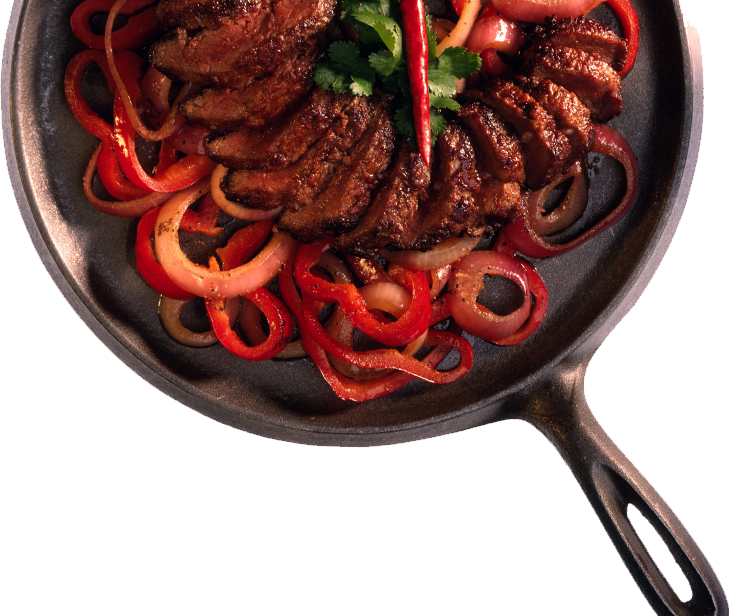The number and size of K-12 kitchens focused on from-scatch cooking varies across the U.S., with some smaller, independently operated spaces citing more flexibility over their menus than larger schools whose production volume can match that of medium-sized chain restaurants. The latter may rely more on pre-made foods or speed-scratch options, as a result.
The size of the school and kitchen, however, doesn’t always dictate whether foodservice directors and their staff will embrace in-house food preparation. Rather, it often becomes a matter of labor, which can be challenging in any size school district.
A 2020 survey reveals that approximately 39% of K-12 foodservice directors reported their staff using a floor mixer, while 30% use a tabletop mixer — both options for making fresh mashed potatoes, muffins, biscuits, rolls and more. In some instances, new mixers may even sit idle due to lack of time or resources for training employees to use this equipment. This doesn’t have to be the case. Some basic best practices can help expedite training and help overcome obstacles to preparing fresh foods in the K-12 kitchen. Here are some tips to consider to facilitate the process.
1. Follow all operating instructions. In many cases, training videos are available to review on an equipment manufacturer’s website. These provide an overview of the mixer’s correct set up, operation and safety features.
2. Choose the right attachments. In a K-12 kitchen, the three standard mixer attachments are usually adequate: a beater for mashed potatoes or any batter, a dough hook for bread dough and a wire whip for eggs, icing or another product that needs air incorporated into it.
3. Start off slow. When incorporating ingredients for a recipe, start the mixer off at a slow speed to prevent product from splashing out of the bowl. This is especially important when mixing flour. Mixers with a Soft Start feature slowly ramp up the speed to prevent “flour shower.”
4. Match the bowl and attachment sizes. Bowls and attachments come in various sizes. An oversized attachment can damage the bowl and using too small of an attachment for the bowl won’t incorporate the ingredients fully.
5. Consult a capacity chart. These charts can be found on an equipment manufacturer’s website and provide the recommended maximum capacity for mixing various ingredients for any given size bowl. It is important not to overfill the bowl, as it can prevent the ingredients from mixing thoroughly and can overtax the mixer motor. It may even lead to an attachment breaking.
6. Properly clean and sanitize. Thoroughly wash the bowl, all attachments and bowl guard (if removable) with a mild soap and water in a three-compartment sink. Most mixing bowls can be run through a ware washer. Wipe down the mixer with mild soap and water, taking care to avoid too much moisture that could damage mixer controls.
7. Follow a maintenance schedule. Lubricate the points on the mixer where the bowl rises and lowers. If necessary, lubricate the agitator shaft to allow the attachments to be installed easier.
For K-12 kitchens taking on from-scratch cooking or looking to explore it, a mixer can be an invaluable piece of food prep equipment. It allows food service employees to provide students with a variety of food options, particularly for breakfast as those programs continue to grow in schools across the country.
Mixer sizes can vary in the K-12 kitchen, but a 20-quart model is often a staple. Mixers in 30-, 40- and 60-quart capacities may also be used, depending on what ingredients will be mixed most often. Keeping those recipes in mind is important when selecting the right mixer.
Also, the duration of mixing during the day will help determine the selection. For mixers being used for four hours or less during the day for limited batch use, mixing a variety of ingredients or occasionally mixing dough, a Standard Heavy-Duty Mixer is a good choice. If a K-12 kitchen has more demanding mixing needs, such as continuous batches or heavy dough or using the mixer for more than four hours a day, it’s best to choose a Maximum Heavy-Duty Mixer.
This article is one of a three-part series providing tips on food prep equipment to K-12 kitchens. The other two articles focus on food processors and slicers.
About the Author
 Grace Strotman is the marketing & K-12 segment specialist for Hobart – Food Preparation Products. She has been with Hobart since 2020 and is responsible for marketing communications for the full line of Hobart food preparation equipment, with an added focus on the K-12 segment. See all her blogs here.
Grace Strotman is the marketing & K-12 segment specialist for Hobart – Food Preparation Products. She has been with Hobart since 2020 and is responsible for marketing communications for the full line of Hobart food preparation equipment, with an added focus on the K-12 segment. See all her blogs here.


.png)

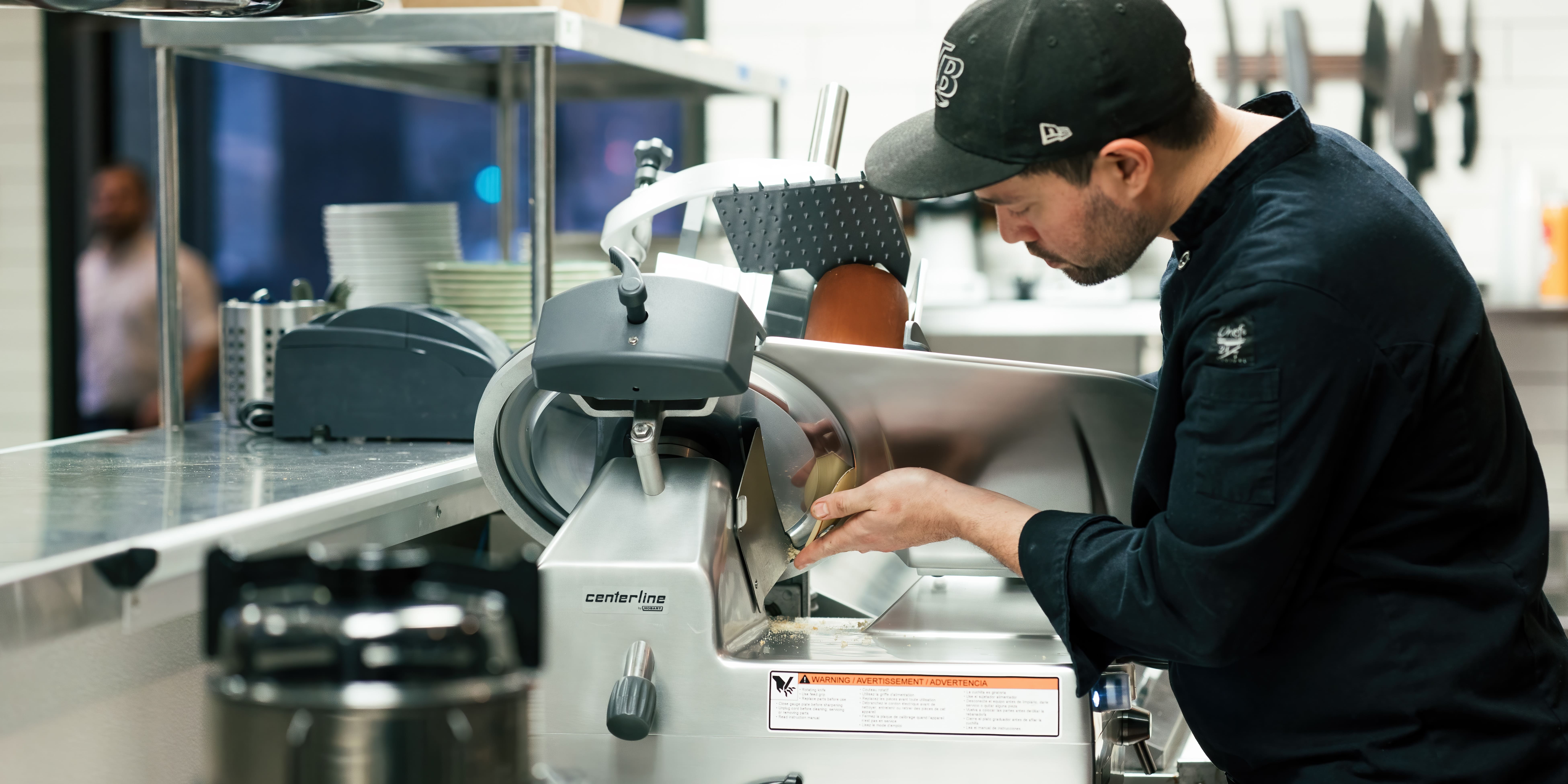
-min.jpg)
